- Massive Range
- FREE UK Delivery
- Rapid Dispatch
- Massive Range
- FREE UK Delivery
- Rapid Dispatch
- Massive Range
- FREE UK Delivery
- Rapid Dispatch
Home » Stainless Steel 304 vs 316: A Comparison for Marine Applications
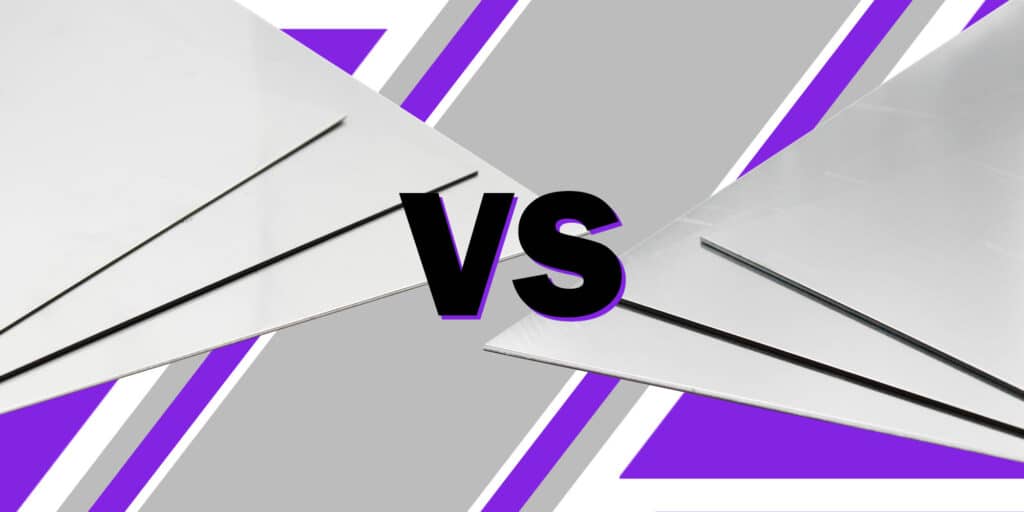
Choosing the right type of stainless steel for marine applications is crucial due to the harsh environmental conditions that materials must endure.
Stainless steel grades 304 vs 316 are among the most popular for their resistance to corrosion and strength. This blog post delves into a detailed comparison between stainless steel 304 and 316, focusing on their properties, corrosion resistance, applications, and cost-effectiveness for marine environments.
Understanding the differences between 304 and 316 stainless steel will help in selecting the best material for specific marine applications, ensuring durability and long-term performance.
There is at least 10.5% chromium in stainless steel, which provides excellent corrosion resistance. A steel’s properties may vary depending on its composition and additional alloying elements. Here’s what sets stainless steel 304 and 316 apart:
Stainless Steel 304: Due to its composition of 18% chromium and 8% nickel, 304 stainless steel is the most common stainless steel used in the world. Besides being corrosion-resistant, it is also highly formable and weldable, so it can be used in a wide range of applications.
Stainless Steel 316: A second element, molybdenum (2-3%), enhances its corrosion resistance, especially against chlorides and marine environments. Due to its superior corrosion-resistant properties, it is slightly more expensive than 304.
The primary difference between 304 and 316 stainless steel in marine applications lies in their corrosion resistance:
304 Stainless Steel: 304 is resistant to oxidation and a wide range of chemicals, but can struggle in marine environments. If exposed continuously to saline solutions or the salty air of the sea, it is susceptible to corrosion. Due to the lack of molybdenum, the metal is susceptible to corrosion caused by salt.
316 Stainless Steel: With molybdenum added to 316 stainless steel, it is more resistant to salt and chloride exposure. It performs much better than 304 in saltwater environments, extending the life of marine components and reducing maintenance costs.
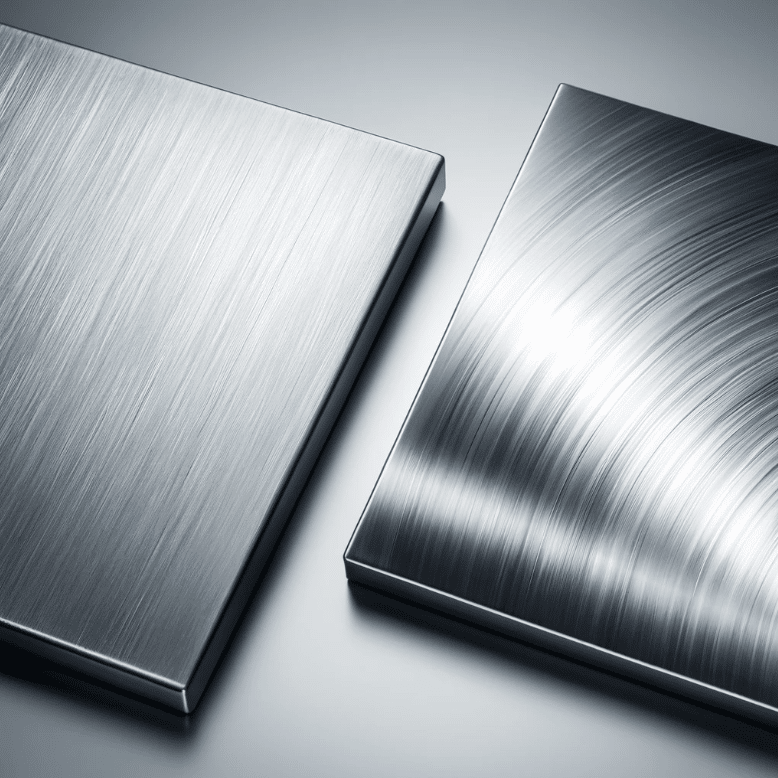
The choice between 304 and 316 stainless steel will often depend on the specific environmental conditions and the type of exposure materials will face:
304 Applications: 304 stainless steel is suitable for marine parts with limited exposure to saline or chloride environments. In applications where direct or prolonged exposure to harsh marine conditions is minimal, it can be used in building hardware, railings, and other components.
316 Applications: For applications directly exposed to seawater and where higher strength and corrosion resistance are necessary, 316 is the better option. Common uses include boat fittings, industrial equipment for coastal facilities, and pipelines that carry chemicals or saltwater.
Although 316 stainless steel is more expensive than 304, the cost must be evaluated in the context of the lifecycle and maintenance requirements of the project:
Initial Cost vs. Longevity: The initial investment in 316 stainless steel is higher, but its durability and low maintenance requirements can result in savings over time. In harsh marine environments, replacement and repair costs can be high.
Availability and Sourcing: Stainless steel is widely available, but prices can vary depending on market conditions and raw material costs.
Here’s a table highlighting the pros and cons of stainless steel 304 and 316 for marine applications:
| Feature | Stainless Steel 304 | Stainless Steel 316 |
|---|---|---|
| Corrosion Resistance | Good resistance to a wide range of chemicals and oxidation but weaker against saline and chloride environments. | Excellent resistance to chlorides and saline environments, including sea water, due to the addition of molybdenum. |
| Strength | High strength, durability, and resistance to heat. | Slightly stronger than 304, with superior toughness and resistance in harsh marine conditions. |
| Cost | Generally less expensive than 316 due to the absence of molybdenum. | More expensive due to higher molybdenum content, which enhances its corrosion resistance. |
| Applications | Suitable for interior or less aggressive marine environments. Used for hardware, railings, and some coastal applications. | Ideal for harsh marine environments, including boat fittings, coastal industrial equipment, and structures directly exposed to sea water. |
| Maintenance | Requires more frequent maintenance in harsh marine conditions to avoid corrosion issues. | Lower maintenance requirements in marine environments due to superior corrosion resistance. |
| Availability | Widely available and used globally across various industries. | Also widely available, but the cost may vary more significantly due to raw material prices. |
The type of stainless steel used in marine applications has a significant impact on the components’ longevity and performance. Due to its superior corrosion resistance and robustness in harsh marine environments, stainless steel 316 is an excellent choice for most marine applications.
For less demanding environments or applications where cost is a significant factor, 304 is still a viable option.
For the most informed decision between stainless steel 304 and 316, decision-makers should consider the specific conditions and exposure risks of their applications.
As always, thank you for checking out our blog. We hope that this helps you with your project.
Please also check out the other articles in our helpful guide series. We have written about maintaining stainless steel and stainless steel sheet metal recently to name but two of our articles.
We are also proud to sell this product on our highly popular eBay store, check us out there too.
If you have any further questions, feel free to contact us.
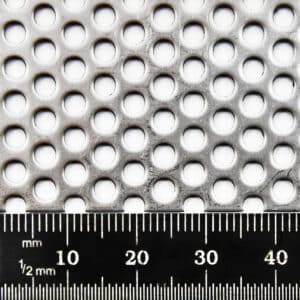
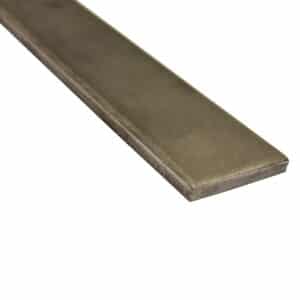
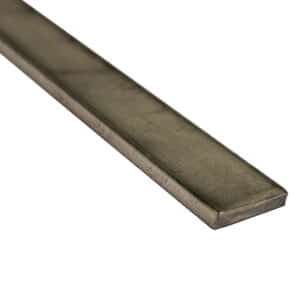
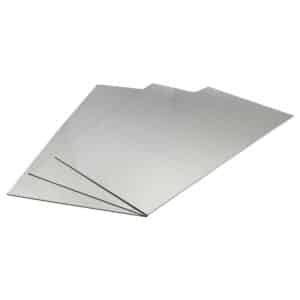
Speciality Metals
Unit 1, Farrell Street, Warrington,
Cheshire, WA1 2WW, United Kingdom
Quick Links
Payment Options
